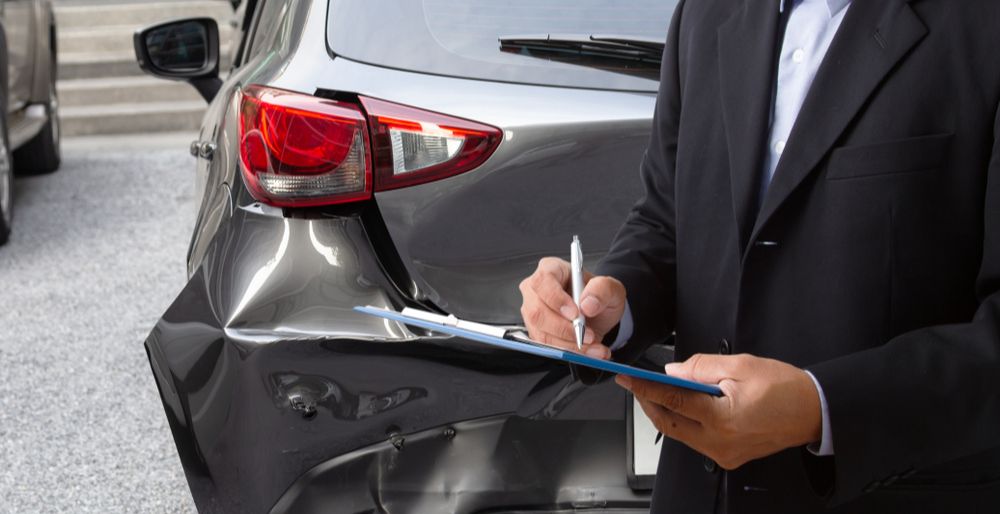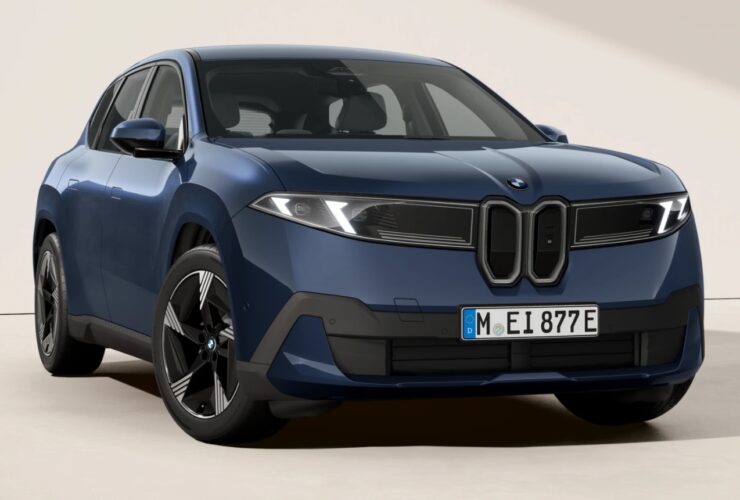Whether you help with the management of a company’s fleet or you’re an employee looking to use your own leased or personal vehicle for business purposes, you’re likely to have questions about the various aspects of driving for work including costs, insurance and safety.
Here, we look leasing or driving your own car for work, alongside everything else you need to know.
Who is responsible for your safety while driving for work?
First off, an incredibly important point. Whether we’re talking a company car, a vehicle leased by a company, or driving your own car for work, if it’s being used for some kind of work outside of the daily commute, the company is considered as being responsible for your safety.
HSE driving at work guidance clearly outlines what a company needs to do to keep their drivers and other road users safe and avoid potential legal ramifications should an accident happen. If you’re involved in any side of fleet management or driving, it’s something you should look at in detail.
What you need to know about driving for work
What kind of car will you use?
There are really three options open to you:
- Driving your own car for work
- Driving a leased business vehicle
- Driving a company car – this can be either a company-owned car or a vehicle leased to the company as a pool car rather than to a specific named driver.
Business insurance

If you’re driving for work outside of your regular commute, the vehicle you’re using will need business insurance.
There are four types of business car insurance in Britain:
- Business Class 1 will suffice when the vehicle is mainly for personal use but is also used for occasional business travel, like visiting clients for on-site meetings or attending industry events
- Business Class 2 is a lot like Business Class 1 but specifically covers the vehicle’s main driver and one other named driver
- Business Class 3 is used for higher mileage and is designed to be used by workers that are on the road most days, like travelling salespeople
- Commercial business insurance meanwhile covers drivers whose car is a central tool in their job. If you’re a driving instructor or operate your car as a taxi cab, this is the one for you.
Lowering car insurance when driving for work
Business car insurance can differ depending on the experience of a named driver and their driving record. However, there are certain things you can consider doing to bring down your premium:
- Add the car to your company’s fleet insurance
- Install security items like trackers on the vehicle
- Pay the insurance premium in one go rather than in monthly instalments
Who pays for business car insurance?
Business car insurance can be paid by either:
- The employee, who can recoup this from the approved mileage allowance payments set by HMRC (more on this below)
- Or by the employer, with the employee paying themselves and claiming back the insurance as a business expense using the company’s typical expenses procedure.

At GKL we include the insurance agreement as part of the initial leasing contract, meaning you’ll fully understand the terms and accountabilities for insurance payments before anyone takes receipt of your leased business vehicle.
What should be the fuel allowance per mile?
HMRC’s recommended amounts for fuel allowance per mile (known as approved mileage allowance payments, or AMAP for short) are:
| Vehicle type | Up to 10,000 miles | Over 10,000 miles |
| Cars and vans | 45p | 25p |
| Motorcycles | 24p | 24p |
| Bikes (e.g. mopeds) | 20p | 20p |
Additional expenses that can be reclaimed by employees driving for work include:
- 5p per mile passenger payment if a colleague is also in the vehicle
- Tax deductions on the difference between mileage payments and AMAP payments
- Parking costs
- An allowance for lunch depending on the company’s policy and the nature of the trip
However, any fines incurred for parking or other road violations must be paid by the employee who’s responsible for the vehicle.
Do you have more questions about driving for work?
We’re always happy to help answer anything you’d like to know – including explaining the ins and outs of business vehicle leasing.
Take a look at the posts below or get in touch with us to find out more.



